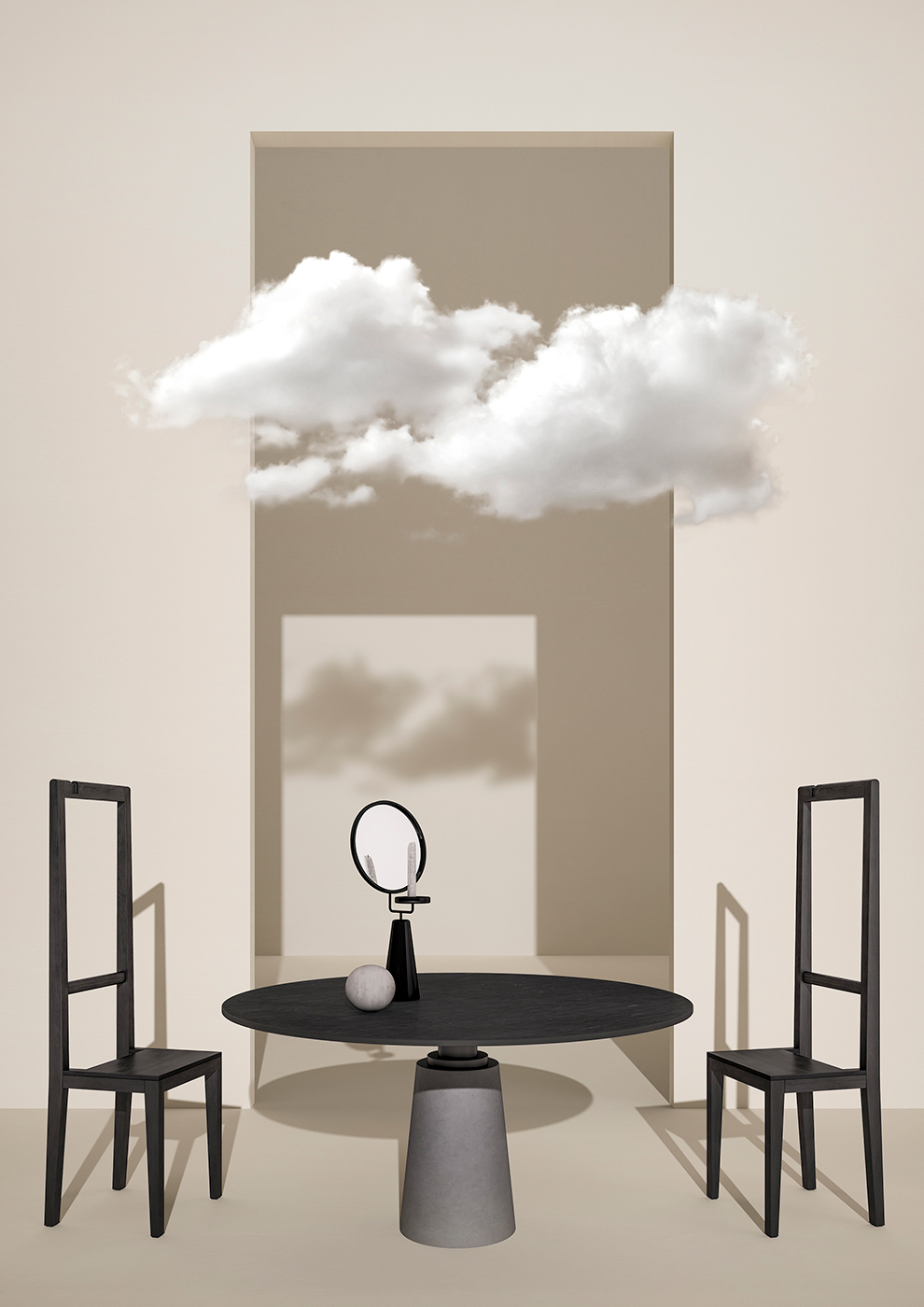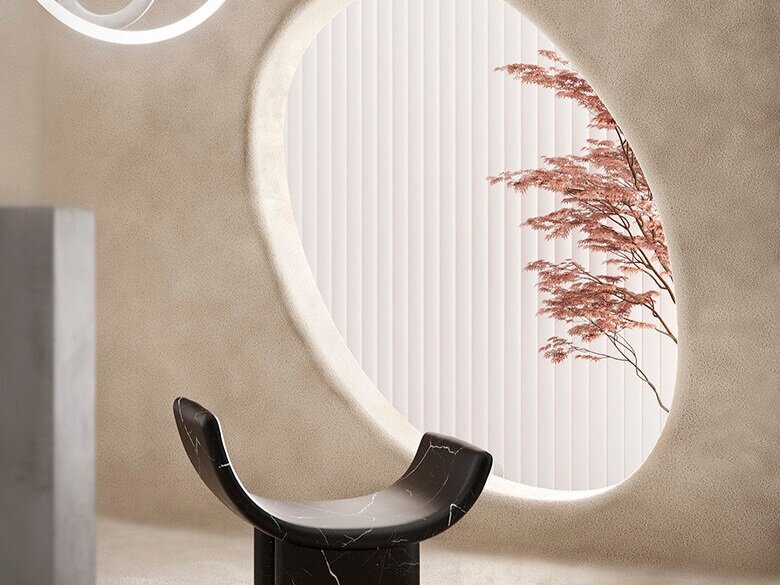Uncovering the Layers of Visual Language With Elisabetta Bongiorni
Uncovering the Layers of Visual Language With Elisabetta Bongiorni
The Milan-based set designer and interior stylist shares her creative process
Name:
Elisabetta Bongiorni
Words:
Erica Nichols
Photography:
Courtesy of Elisabetta Bongiorni
With a prolific portfolio that includes art direction, interior styling, and set design, it’s no wonder why Elisabetta Bongiorni has made such an impact in the design scene. The Milan-based creator views life through a unique artistic lens, one that allows her to dive deep into research and create work that seamlessly blends together all three areas of her expertise. The results are captivating, colorful, and layered with refined detail. From her personal explorations of artistic principles like geometry and balance to collaborative projects that encourage her and her collaborators to step outside fixed roles, Elisabetta strives to find new ways to develop visual language one set at a time.
VISUAL PLEASURE: When did you first notice the creative spark or interest in art and design? And how did you get to where you are today?
Elisabetta Bongiorni: Creativity has always been part of my life. My mom used to be a cartoonist, and she always provided an open space for creativity. The interest in interior design manifested itself very early. When I was a child, there were always interior magazines at home. I remember before falling asleep, I used to shut my eyes and decorate imaginary houses, instead of counting sheep. In college, I studied Liberal Arts, which gave me a strong multi-disciplinary foundation which has helped me to have a broader approach to my work today, especially in terms of art direction. After working as a designer for a children’s company, I landed in the world of interior styling and worked at Elisa Ossino studio for seven years. Four years ago, I started to work with Terzo Piano, a studio specialized in interior photo-realism and 3D rendering. This was a new visual language for me because up until then, I had always worked with photography. I think it is a tool with great potential that allows us to explore new image frontiers.
Now I specialize in creative direction, set design, and interior styling. As a designer once told me (making me smile), I am a digital and analog stylist.
RUBINACCI FURNITURE CATALOGUE
Set Design + Styling Elisabetta Bongiorni – Terzo Piano I Photography Thomas Pagani
RUBINACCI FURNITURE CATALOGUE
Set Design + Styling Elisabetta Bongiorni – Terzo Piano I Photography Thomas Pagani
What do you love most about developing sets and interior styling?
The most interesting part is research, looking for new visual languages, and investigating new trends. As for art and couture fashion, design reflects macro socio-cultural trends, and this aspect is what fascinates me the most. It’s a sort of anthropological approach to interior design.
Talk to us a little bit about your creative process. When an idea first sparks, what do you do next? Does the process change depending upon the project?
I always start with the basics: what do I want to communicate, which feelings do I want to express, which themes do I want to investigate. The image should have something to say. I develop the mood board in which my thoughts start to become visible with references, color palettes, and inspirations. Then I move into the set design phase, sometimes the set is clear in my mind or other times the furniture elements I’ve selected are what inspire the set, it really depends. It may seem strange, but it also depends a lot on my mood, as any creative work has personal implications. I don’t have a fixed rule. But whether it's personal projects, editorial images or commercial images, for me the most important thing is that the images have a story to tell along with good aesthetic taste.
ABSTRACTIONISM
Concept, Set Design and Styling Elisabetta Bongiorni I Image Production Terzo Piano
ABSTRACTIONISM
Concept, Set Design and Styling Elisabetta Bongiorni I Image Production Terzo Piano
ABSTRACTIONISM
Concept, Set Design and Styling Elisabetta Bongiorni I Image Production Terzo Piano
ABSTRACTIONISM
Concept, Set Design and Styling Elisabetta Bongiorni I Image Production Terzo Piano
Where or what do you look to for inspiration?
Everything inspires me. But certainly the main source of my inspiration is art, especially contemporary art, and fashion trends. Both art and fashion reflect cultural changes and have a visual language with a strong aesthetic I find so interesting.
Your work features a unique combination of natural and slightly surrealistic elements. How did you develop your own style and perspective?
My style is certainly an expression of my path, sometimes I look at my images and see in them my art studies, my teachers and my obsessions of course...I am obsessed with symmetries and I see lines everywhere.
COLOR CODE
Art Direction, Set Design and Styling Elisabetta Bongiorni I Image Production Terzo Piano
COLOR CODE
Art Direction, Set Design and Styling Elisabetta Bongiorni I Image Production Terzo Piano
When working on collaborative or commissioned pieces, how do you ensure that your artistic integrity is always present?
To ensure that my artistic integrity is always present (even in commissioned works) it is essential to find a meeting point between vision and the project needs. Sometimes it's very simple, other times you have to fight for it. It depends on the affinities. Sometimes this is also an interesting challenge because it forces me to look beyond my comfort zone.
Shape and form seem to play a big role in your work. Talk to us about how you play with geometry and composition.
Often I just create as I go. Other times I have a very pragmatic approach. Sometimes it happens that I dream of compositions and as soon as I wake up, I draw everything. I remember that when I was little, my mother told me, "when you get the inspiration, pin it down immediately, because inspiration is a moment that then runs away.”
Retro Mix + Mode
Art Direction, Set Design and Styling Elisabetta Bongiorni I Image Production Terzo Piano
COLOR CODE
Art Direction, Set Design and Styling Elisabetta Bongiorni I Image Production Terzo Piano
What themes or ideas do you like to explore in your work?
I like to develop themes that investigate contemporary society and the ways of living. But I also like to investigate the perceptive aspects of an image, I think this is why I often use a visual language that goes toward abstractionism or surrealism.
What are the most liberating aspects of styling?
Having the chance to experiment with different languages. Styling can change the soul of a place, and you have endless possibilities to investigate and experiment that. But it is also important that these endless possibilities do not overload the vision, because this could make you lose the focal point.
What projects excite you the most?
I'm excited about the projects that lead me to experiment, those that lead me to explore new ways and new visions. And when there is an alchemy between collaborators. For example, on a set, if my vision is akin to the photographer’s vision, then we integrate with each other, and there are no more fixed roles.
A CLOUD IN A ROOM
Concept, Set Design and Styling Elisabetta Bongiorni I Image Production Terzo Piano
A CLOUD IN A ROOM
Concept, Set Design and Styling Elisabetta Bongiorni I Image Production Terzo Piano



















